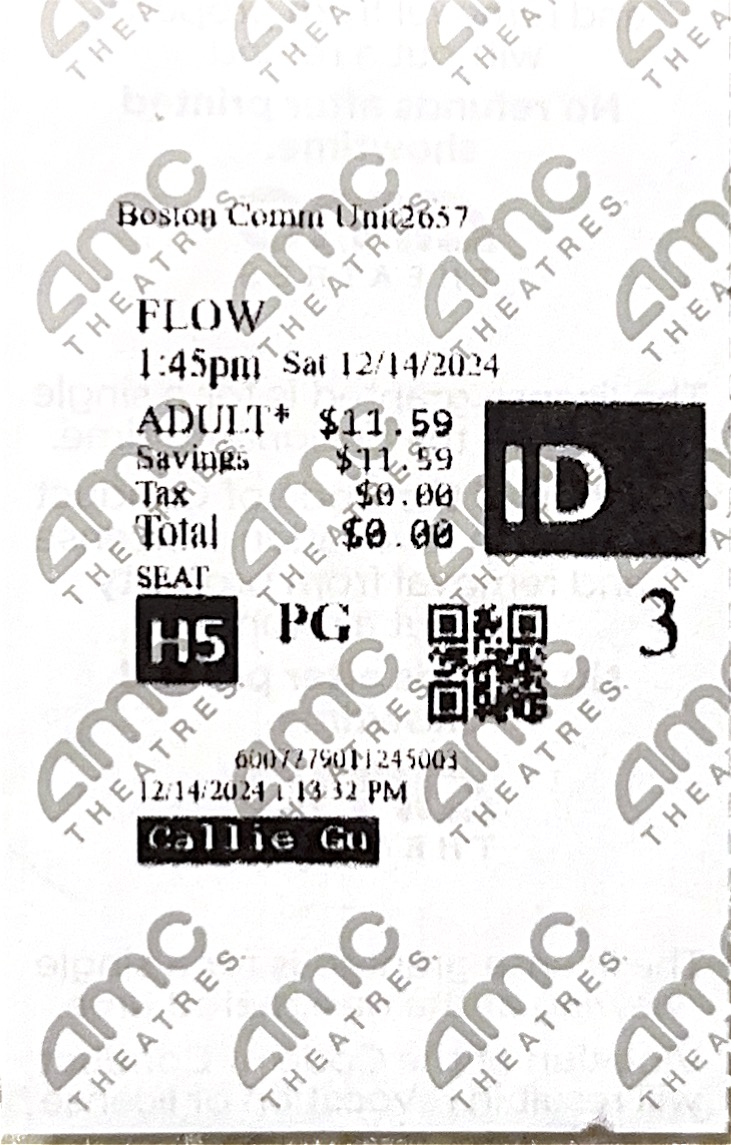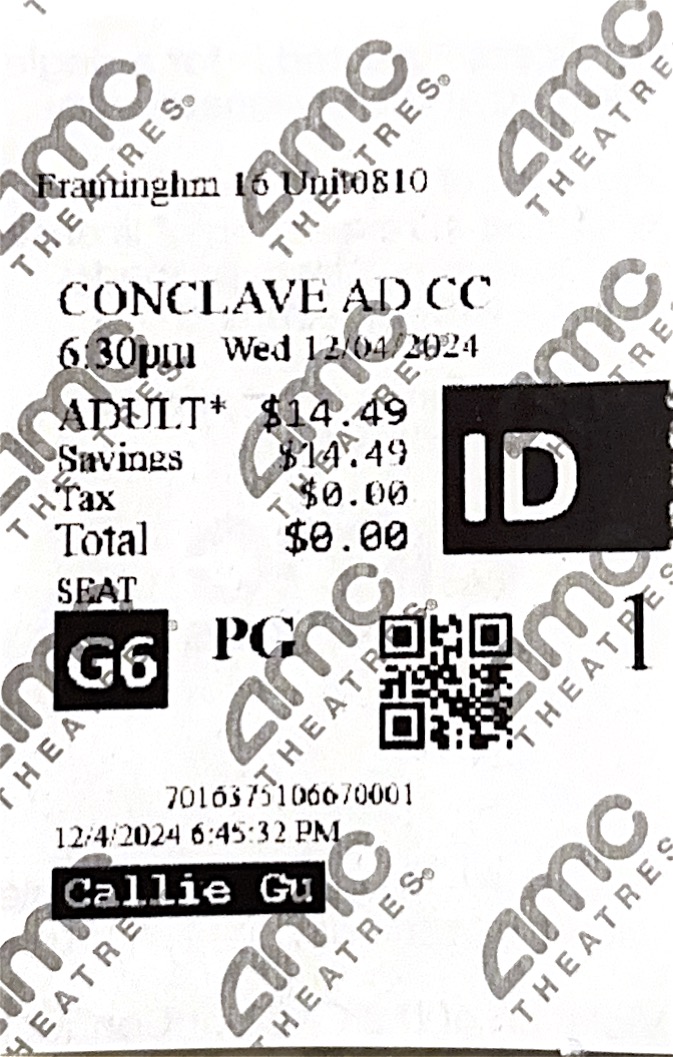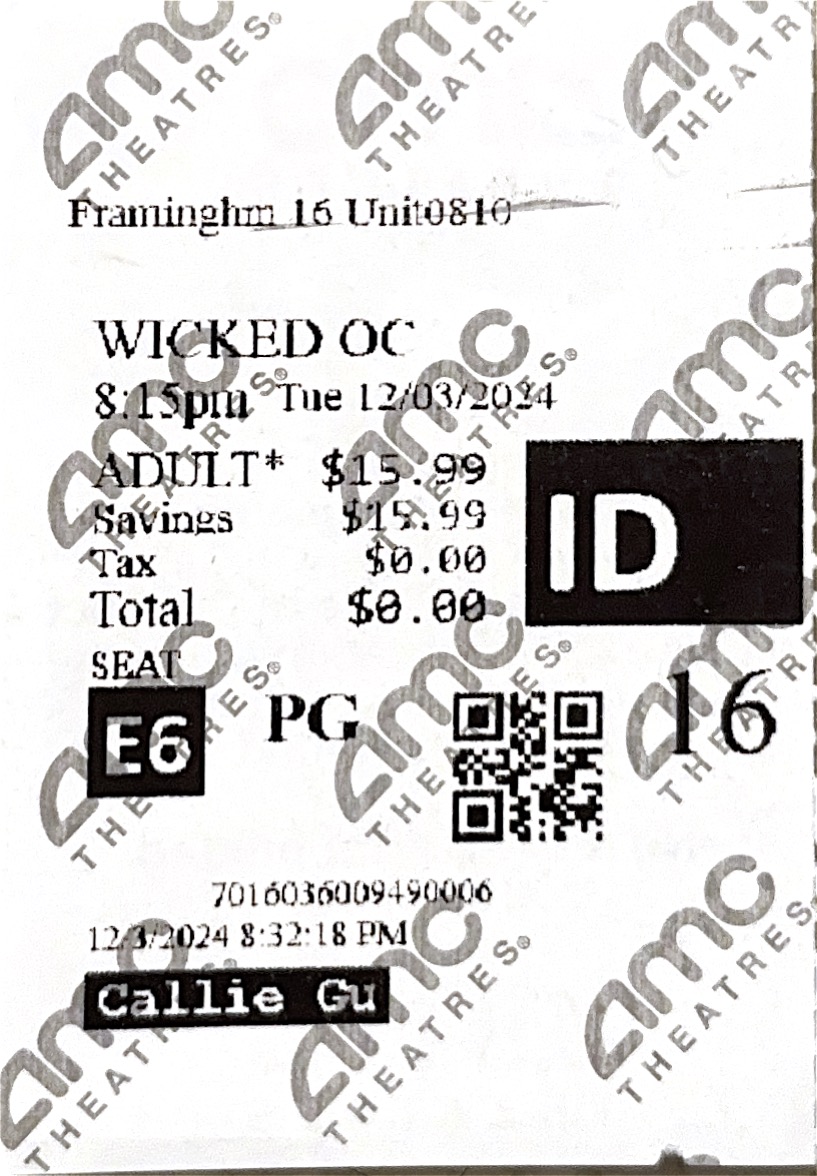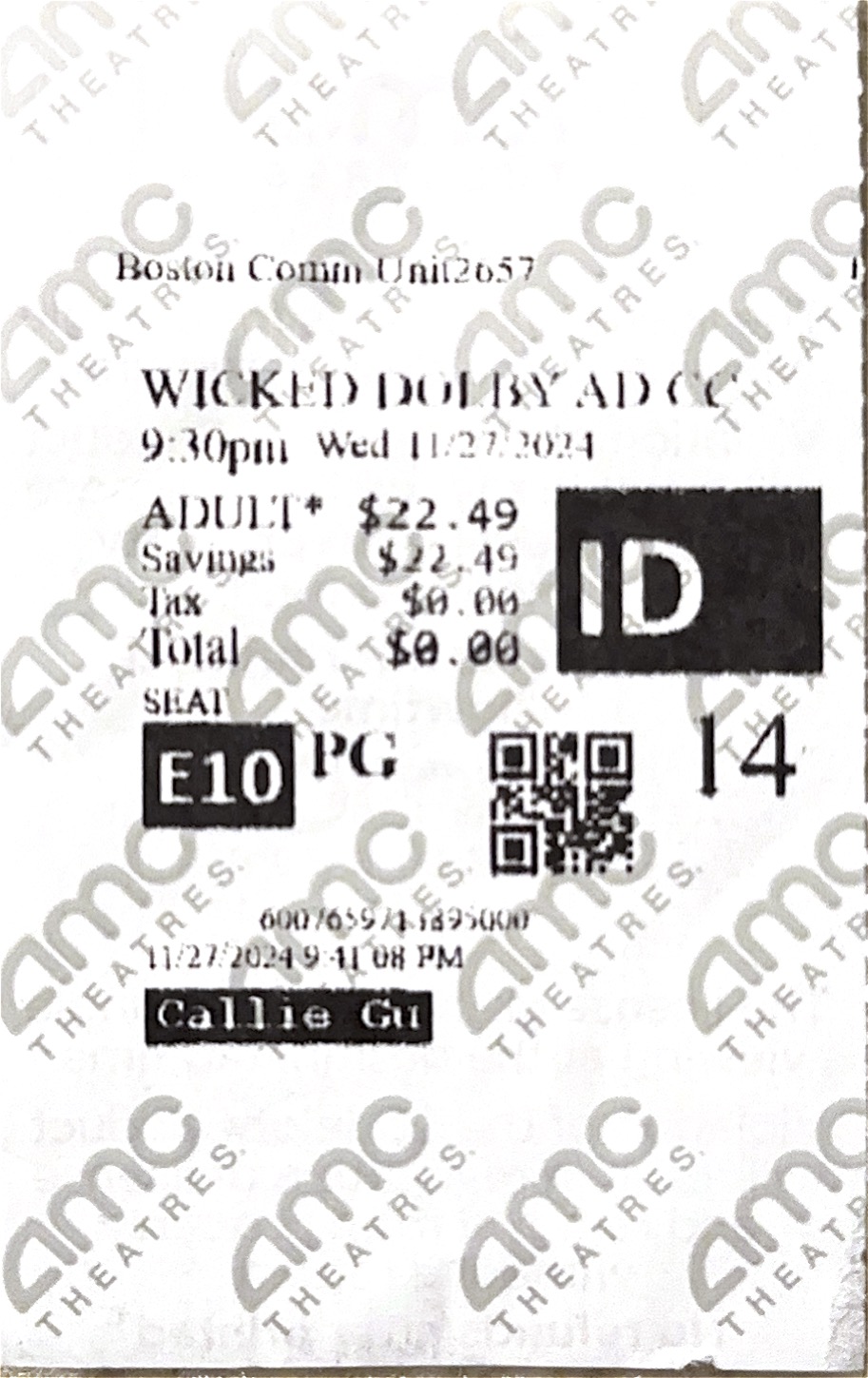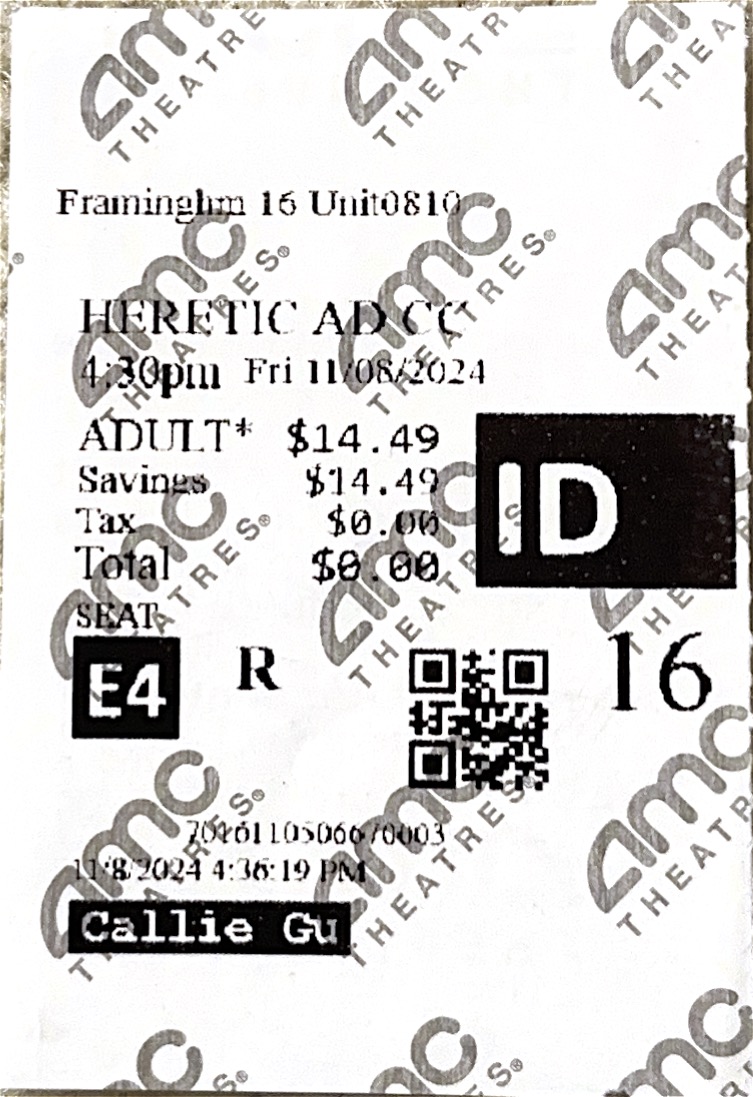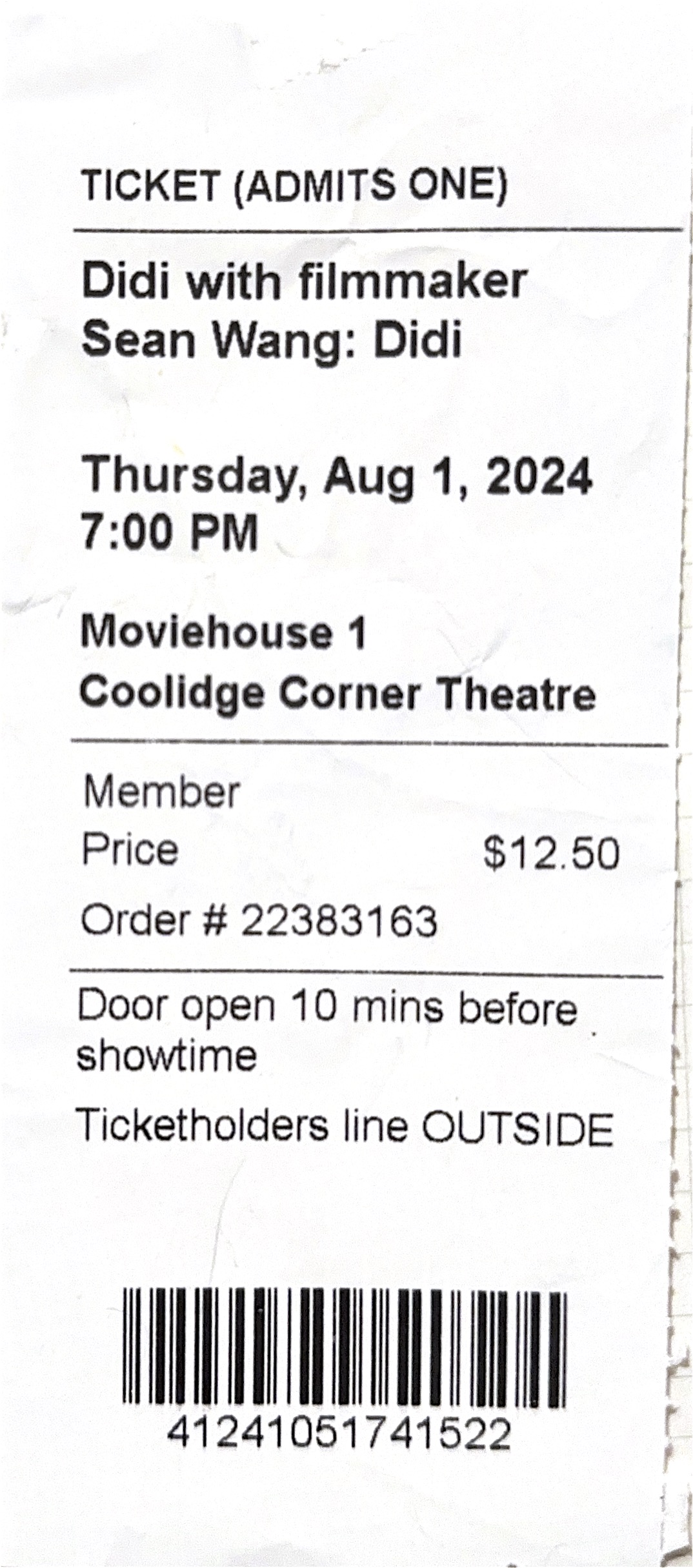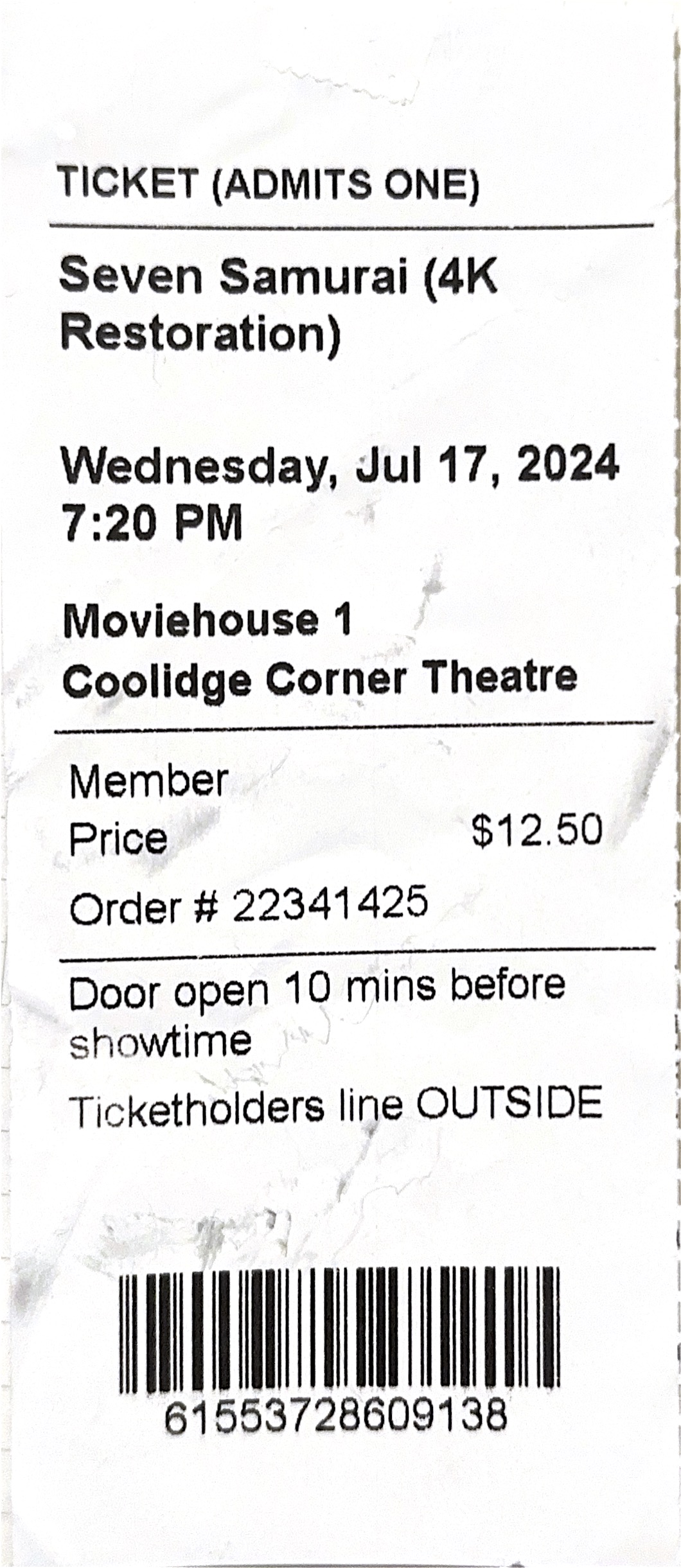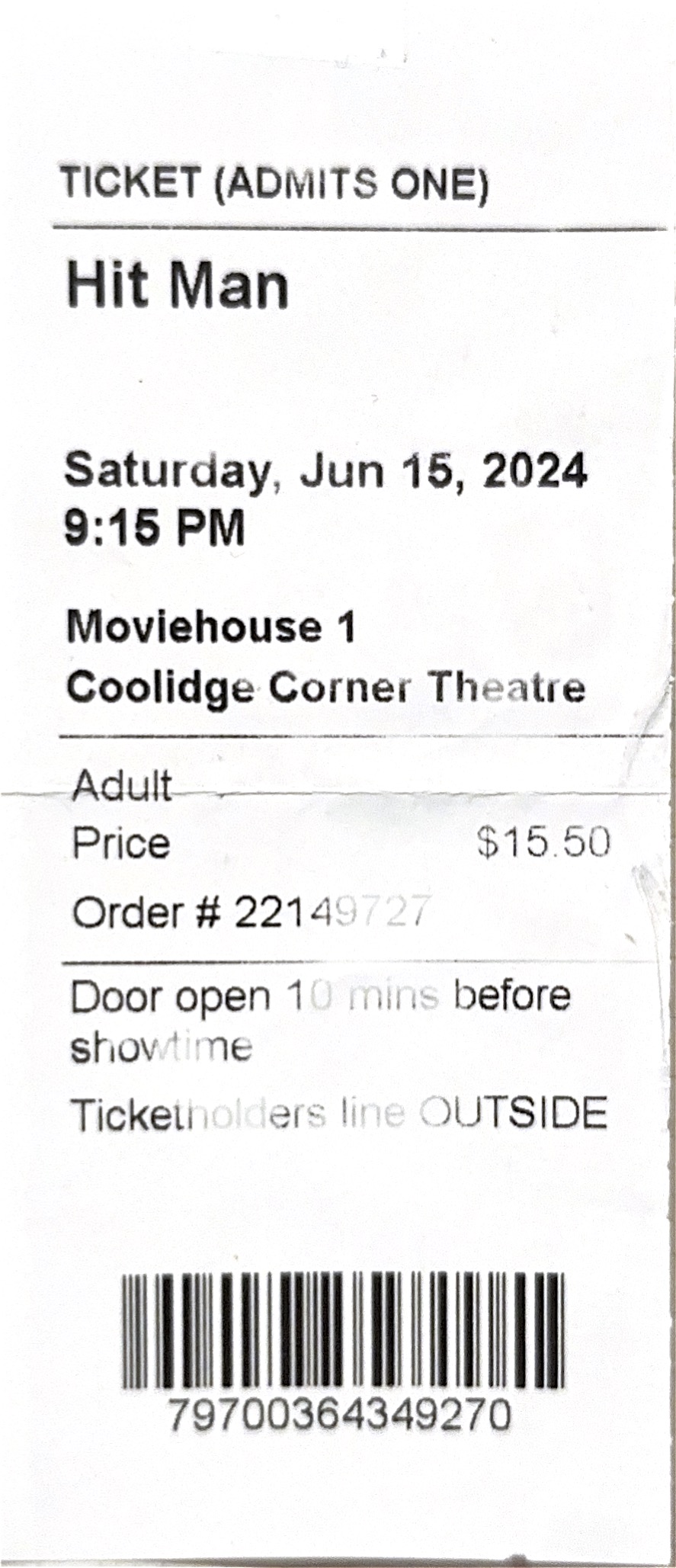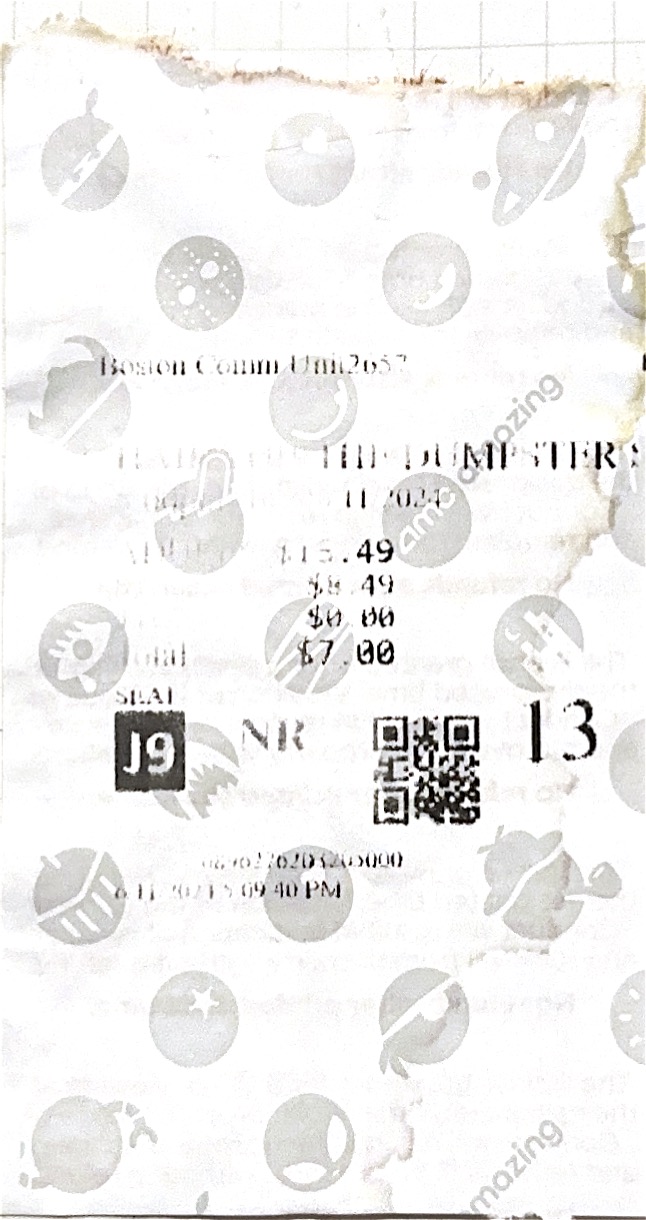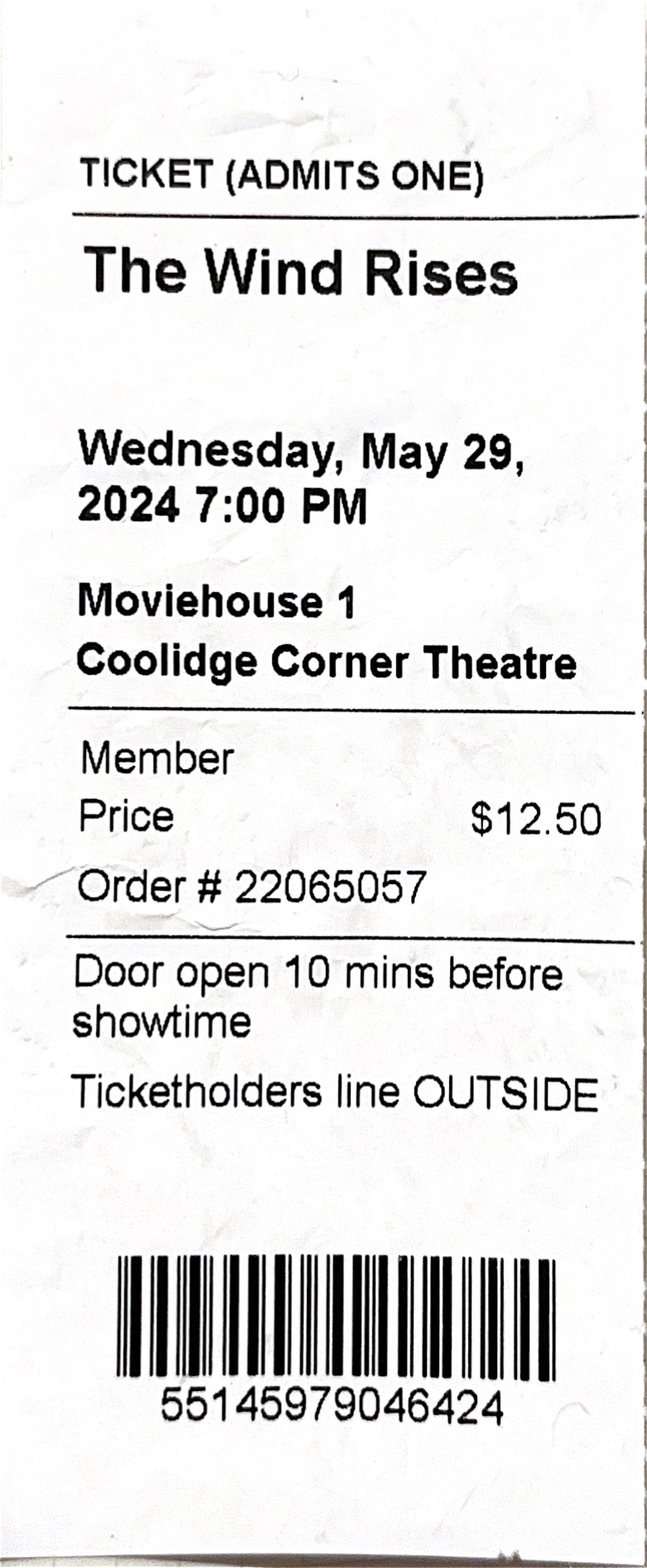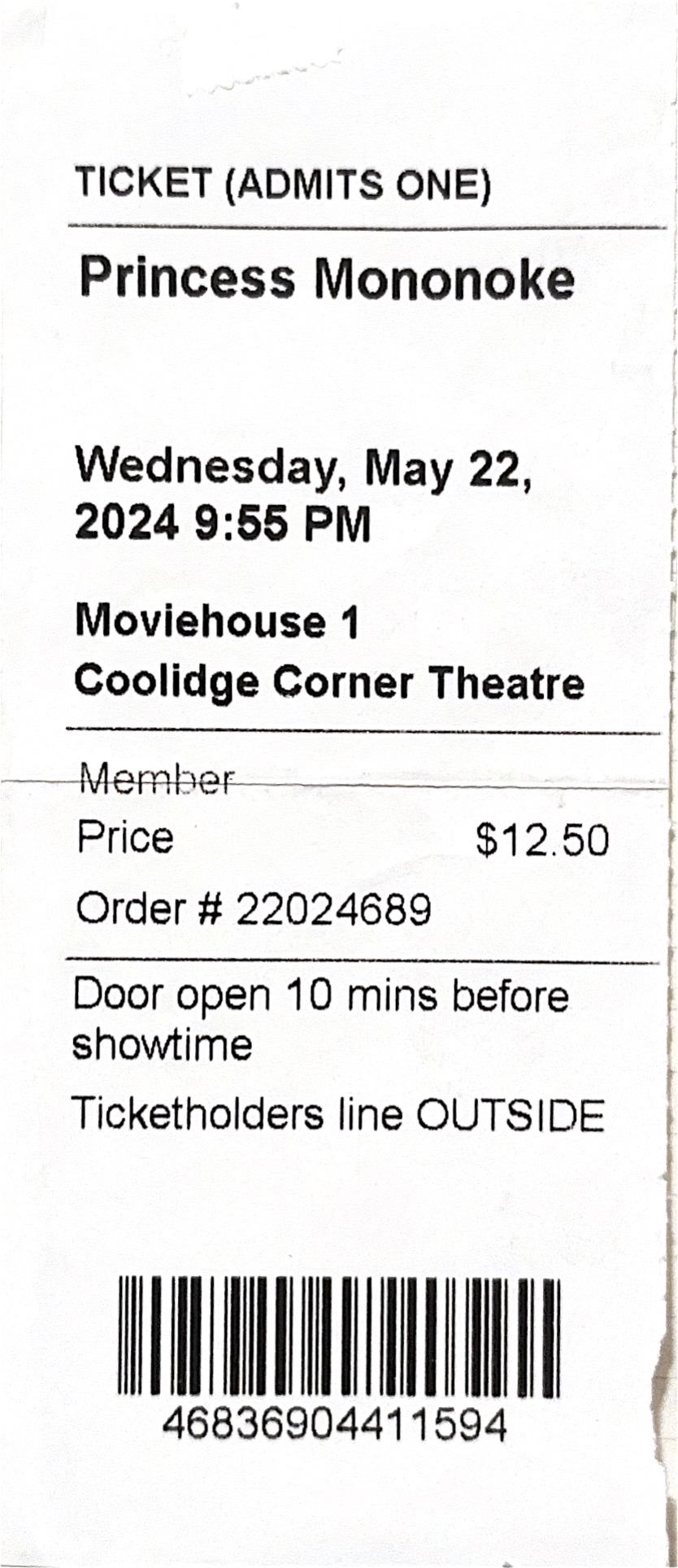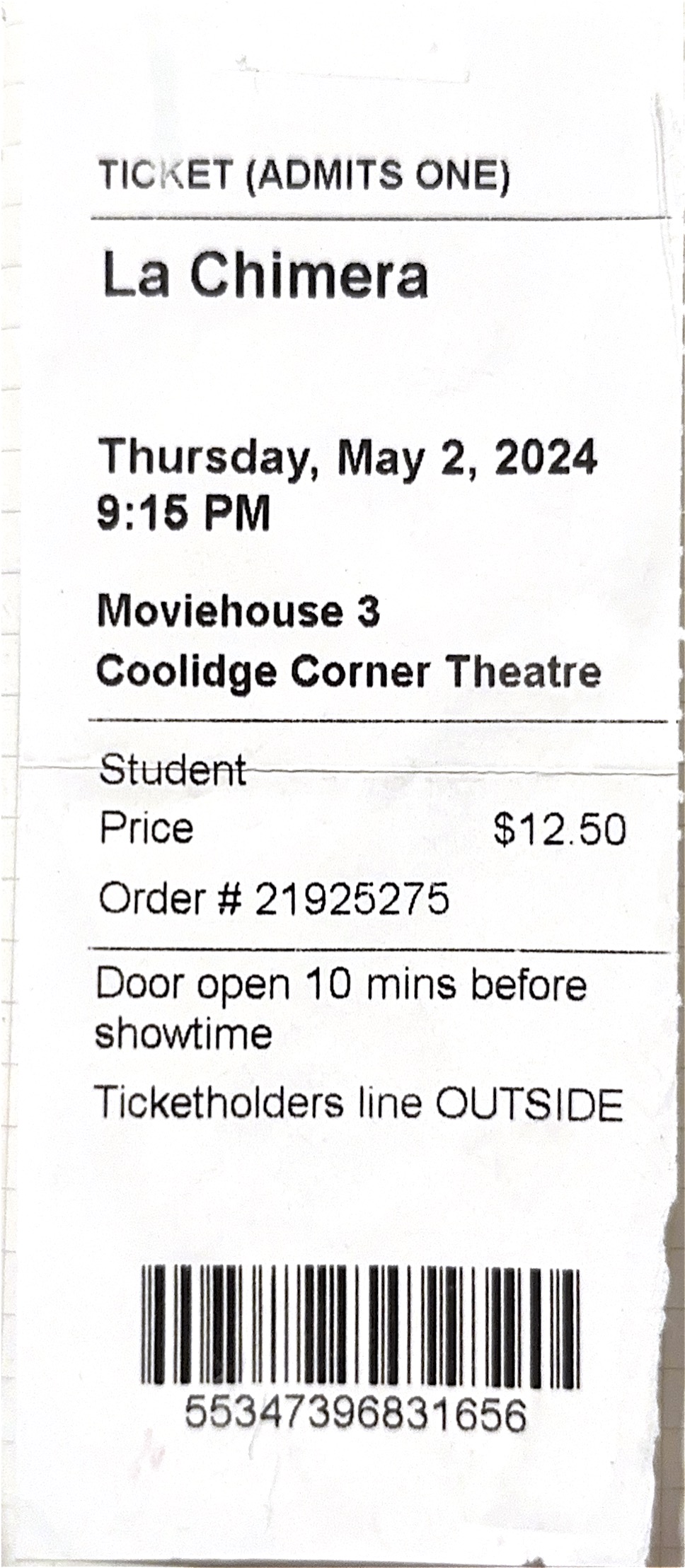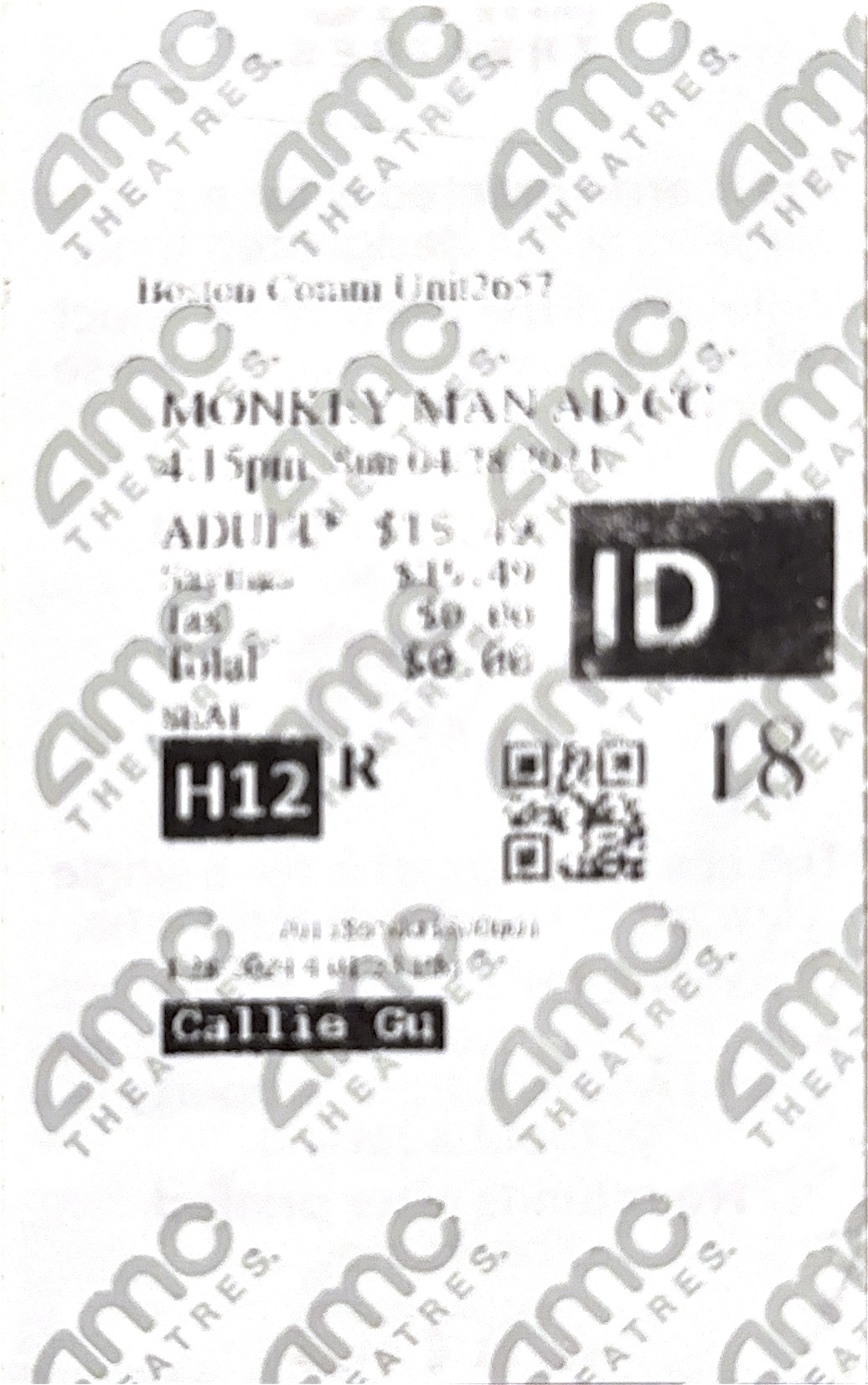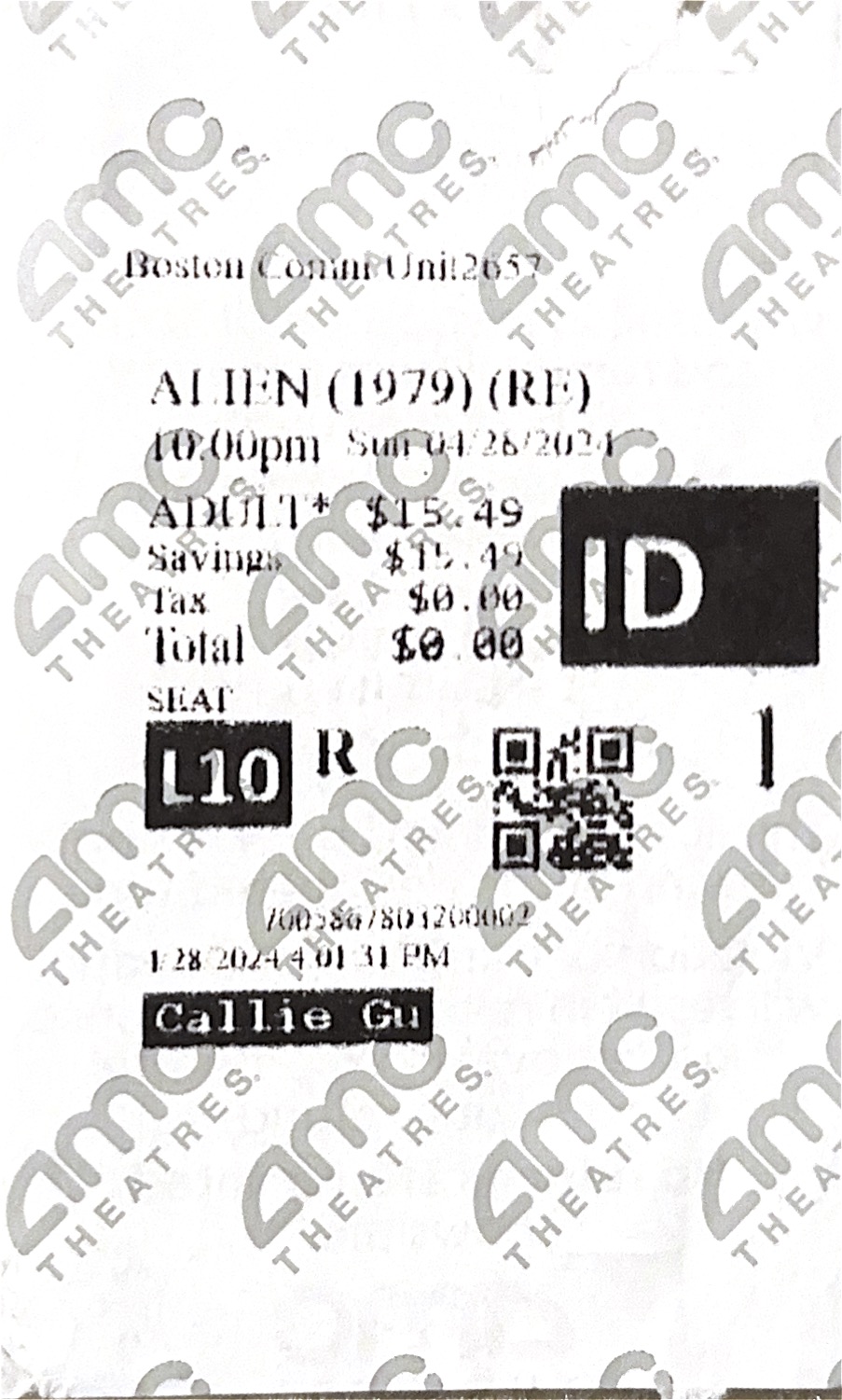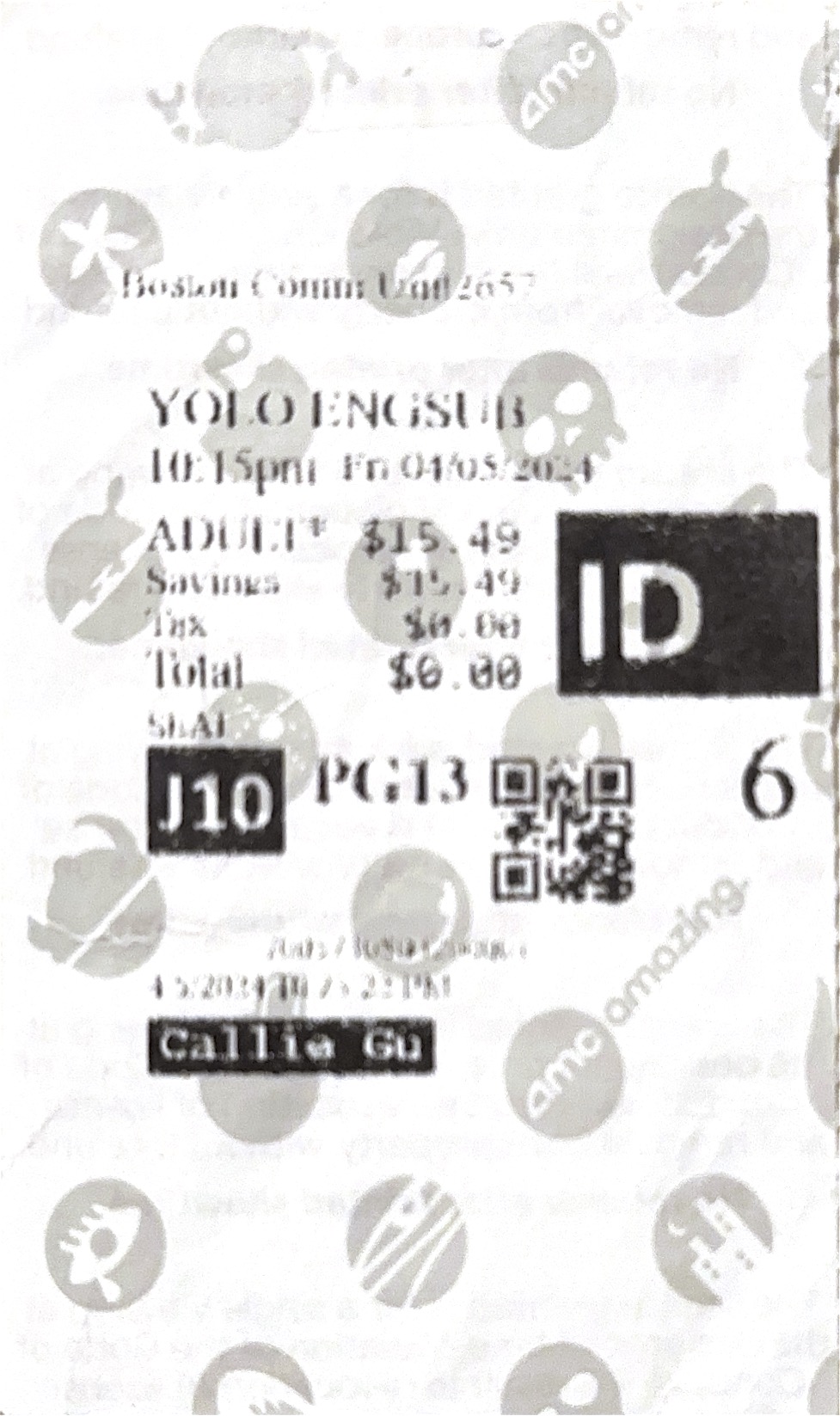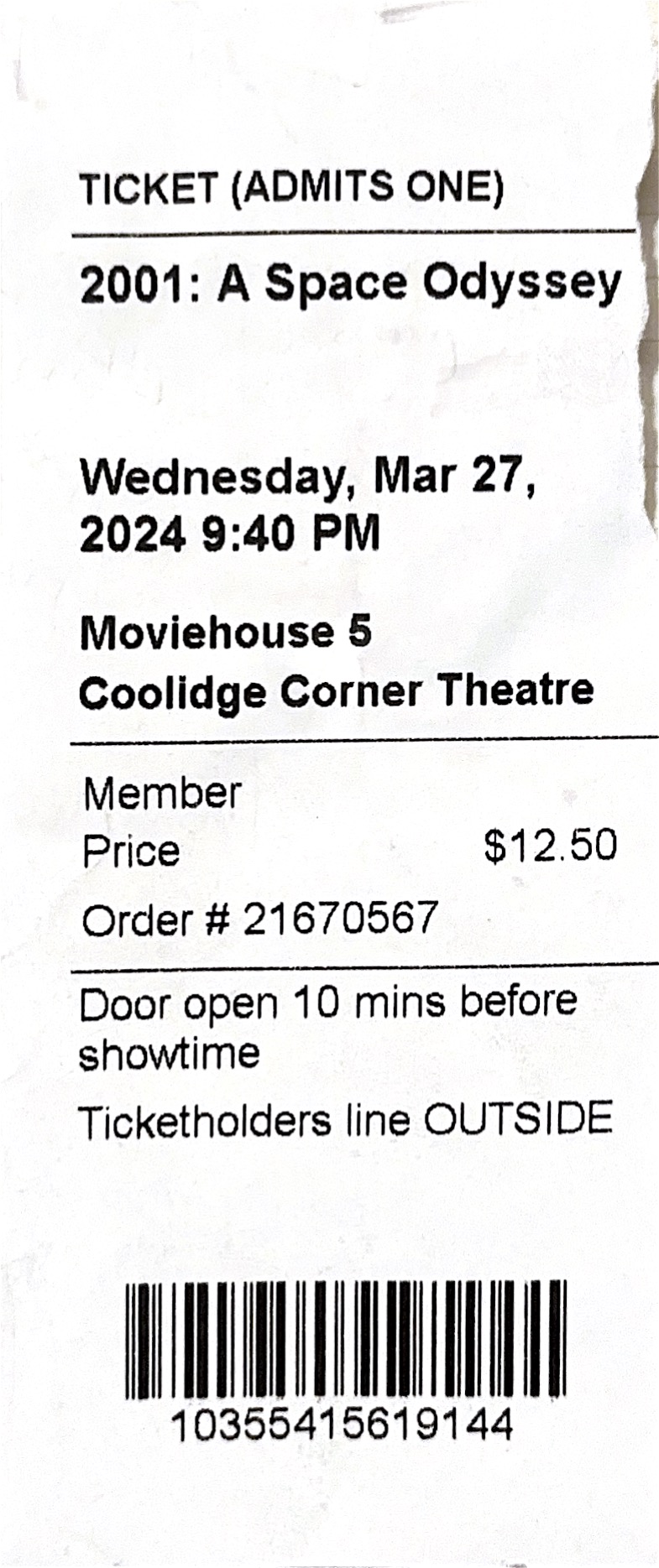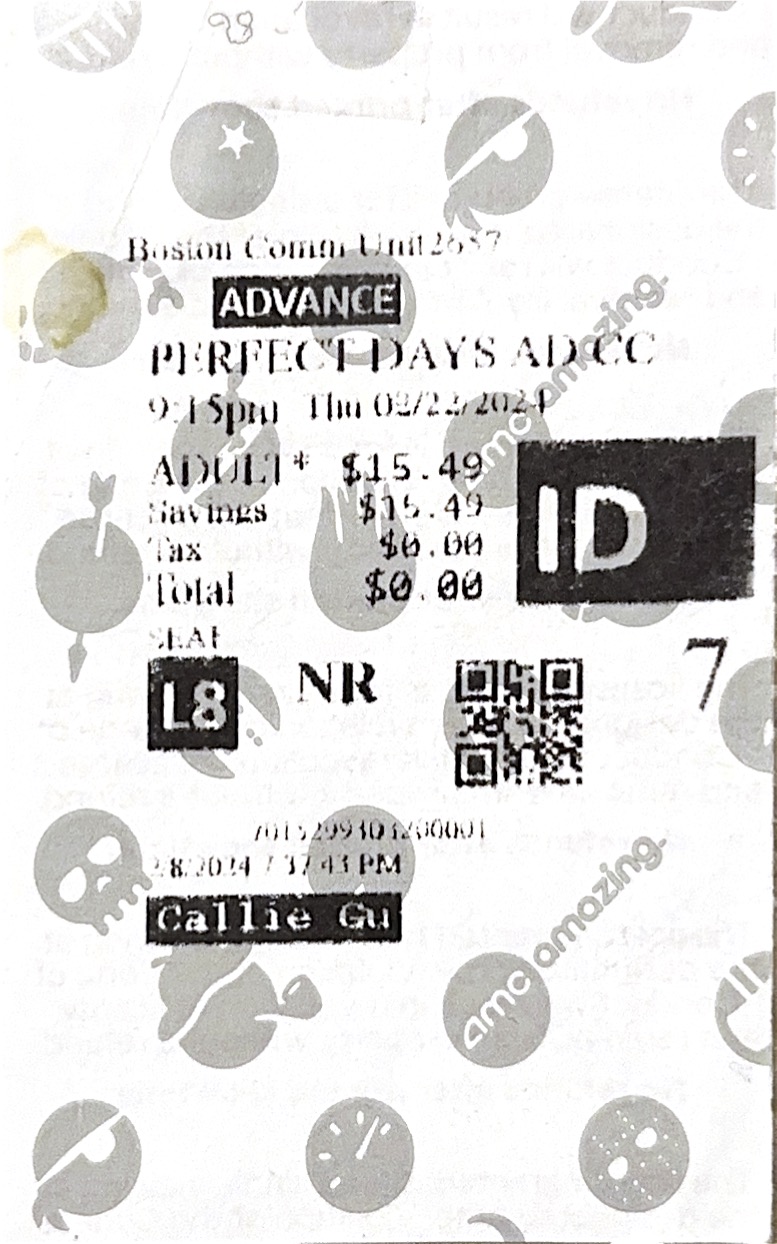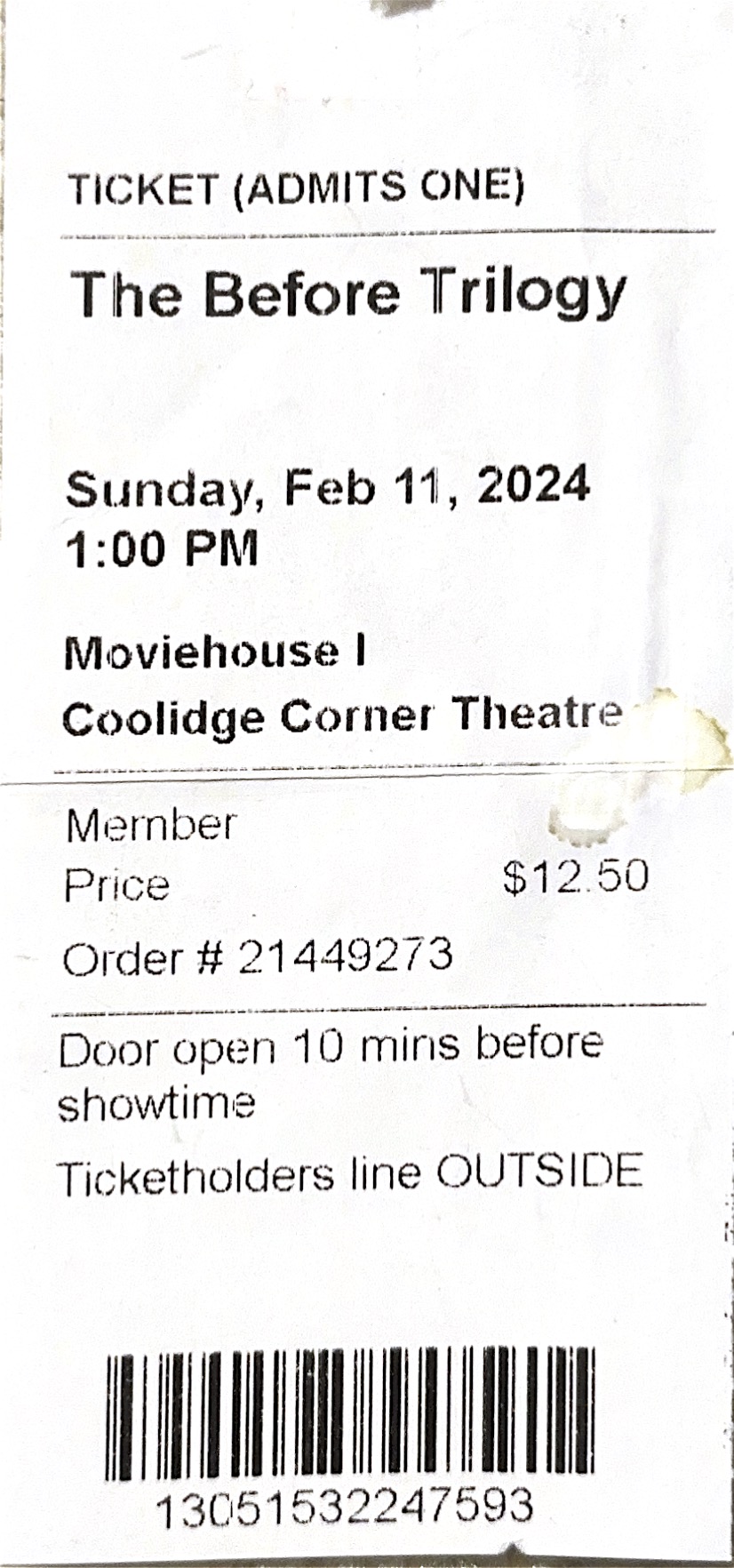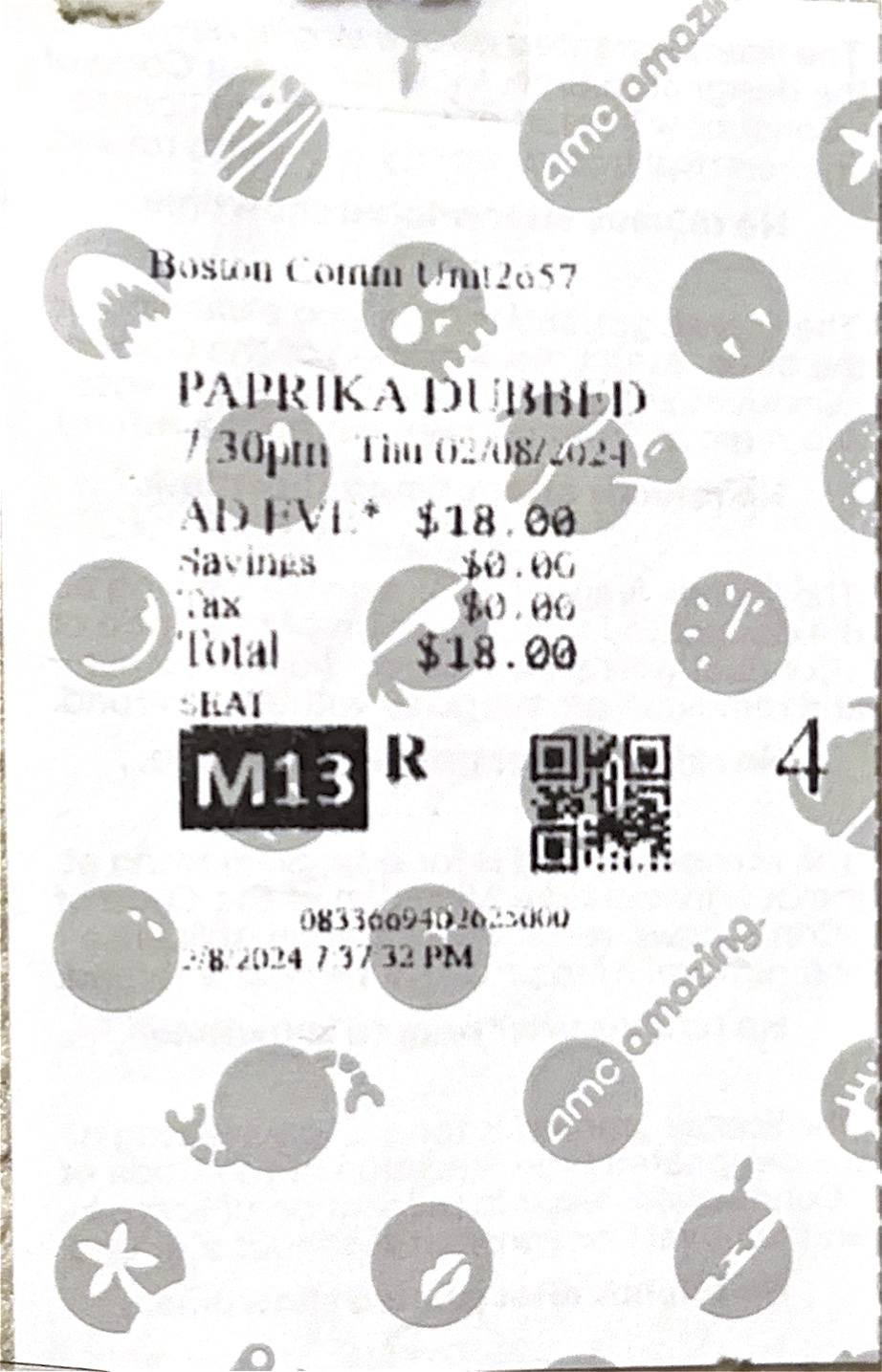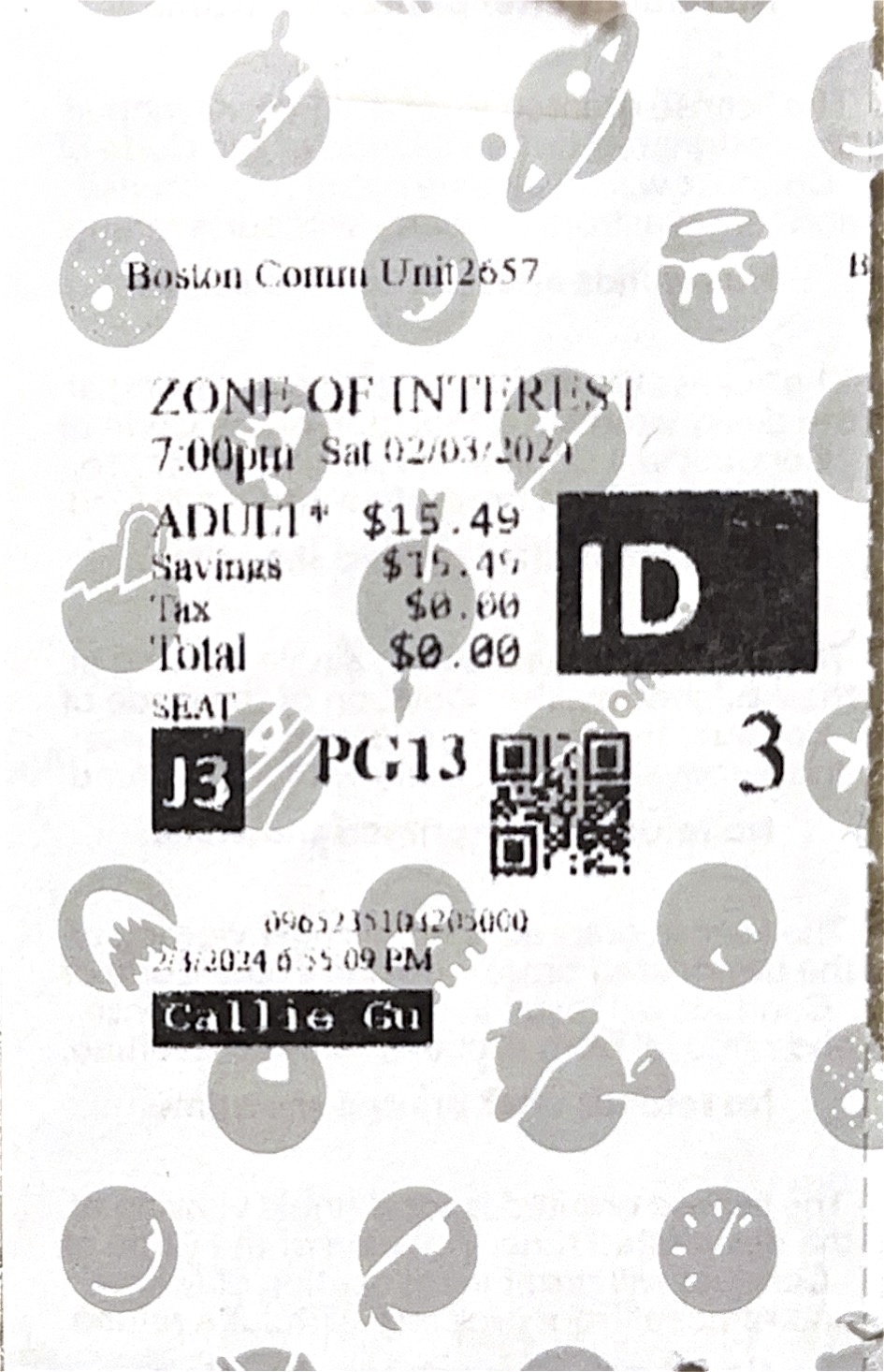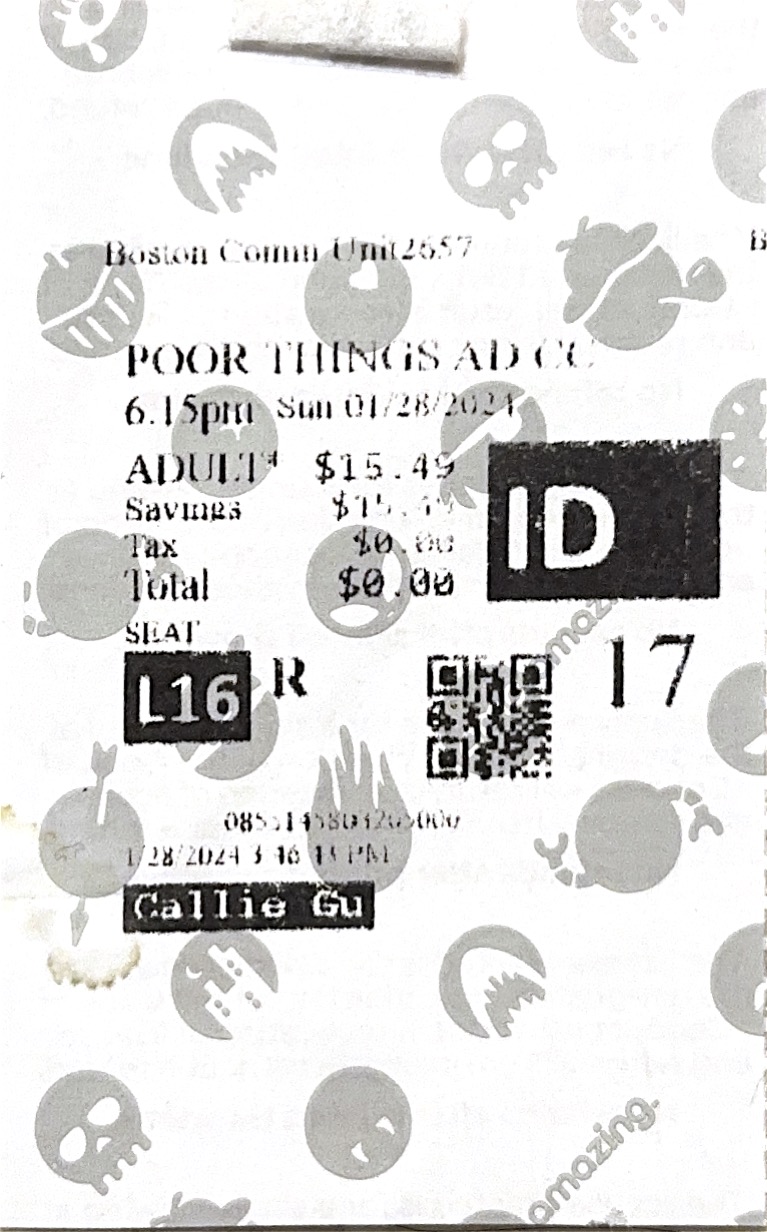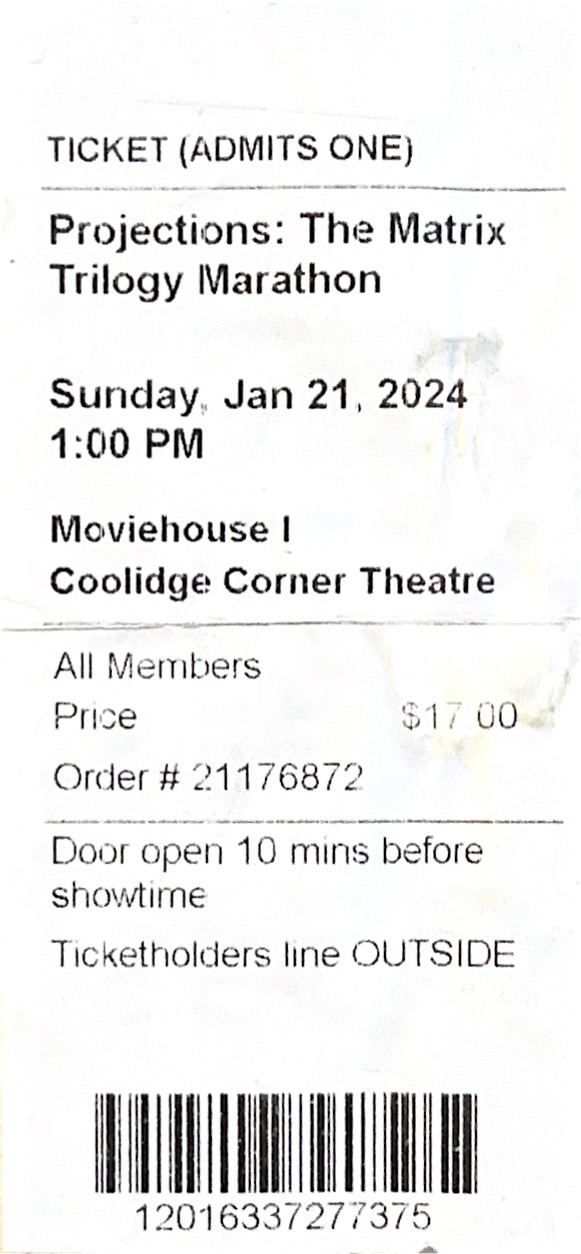My rating scale
★★★★★
If you know me, you know I LOVE a rubric. First inspired by Joel Mayward's 5-star rating system, then revised after reading Susan Sontag's "Against Interpretation" essay, I rate movies from 1-5 in three categories: Content, Form, and Personal.
★Content - what the film says; my interpretation; rated on its uniqueness, sharpness, and intellectual depth
★Form - how the film says it; the art of cinema; rated on its beauty
★Personal - how much did I enjoy it; that je n'sais quoi; rated purely by my vibes.
If a film is truly exceptional in a category, I rate it an 8. Finally, I take the sum, divide by 4, and round down to get my movie rating. It roughly means the following:
★★★★★ - life-changing, must watch
★★★★ - great, highly recommend
★★★ - good, watch if easily accessible
★★ - not bad
★ - would not recommend
Why have a rubric when the above scale works?
The rubric reminds me what I liked or disliked about a given movie! If the 5-star rating is the highest overview, my rubric is the second-level. Plus, a framework is useful for organizing my thoughts and learning more about the medium of film! Through reflection, I can refine my tastes more.
Where do these critera come from?
In 2020, when my friend and I endeavored to watch all 100 top IMBD movies (on hiatus), I needed a rubric to help me thoughtfully engage with the material and learn why these were the crowd favorites. In my search, I stumbled across Joel Mayward, a film critic and theologist based in Oregon. For a casual movie-enjoyer with a rudimentary understanding of film-making like myself, Maynard's three dimensions of film made sense.
"Personal focuses on what the film was about, and whether or not I found the experience enjoyable or beneficial. Aesthetic focuses on how the film was made, its level of craftsmanship and artistic merit. Spiritual focuses on the truth, goodness, and beauty of the film; its moral and spiritual themes and ideas; and its ability to inspire viewers towards the transcendent."
While I had to adapt the Spiritual dimension (the scale ranged from divine encounter to sinful, lol) to my secular worldview, Maynard's rubric appealed to me because it included the "Personal" dimension and condensed the technical components of film-making (screenwriting, cinematography, direction, etc.) into one "Aesthetic" category. It was digestible and provided a simple framework to start my film journey.
However, overtime, I realized that I enjoyed what moved me and the boundaries between the "Personal" and "Spiritual" dimensions became indistinguishable. To no one's surprise, Susan Sontag, the American critic, helped me figure out what I really wanted to evaluate with the Spiritual dimension. In her "Against Interpretation" essay, she defined what "content" was and removed the moral goodness that was baked into Mayward's and my secular "Spiritual" dimension. How simple! And so, I arrived at my current categories: Content, Form, and Personal
What is this rating scale?
Why 1-5, with an exceptional 8? Why divide by 4 instead of averaging? All of these are personal tools I use to normalize my distribution of scores. Filmmaking continues to be an expensive, laborious, and network-dependent enterprise that involves several different quality checkpoints. Films that make it to the cinema must be "good" on some level, simply because they made it that far. Thus, the average quality of movies should be high. If it were up to me, most movies would be a four! But to differentiate between good, great, and awesome movies and make meaning out of these stars, I need the average to be a 2.5 or 3. All of that is to say that I am a firm believer that 2.5 or 3 stars is a good score.
My 2025 Oscars
*Note: refresh to navigate back to my rating scale*

